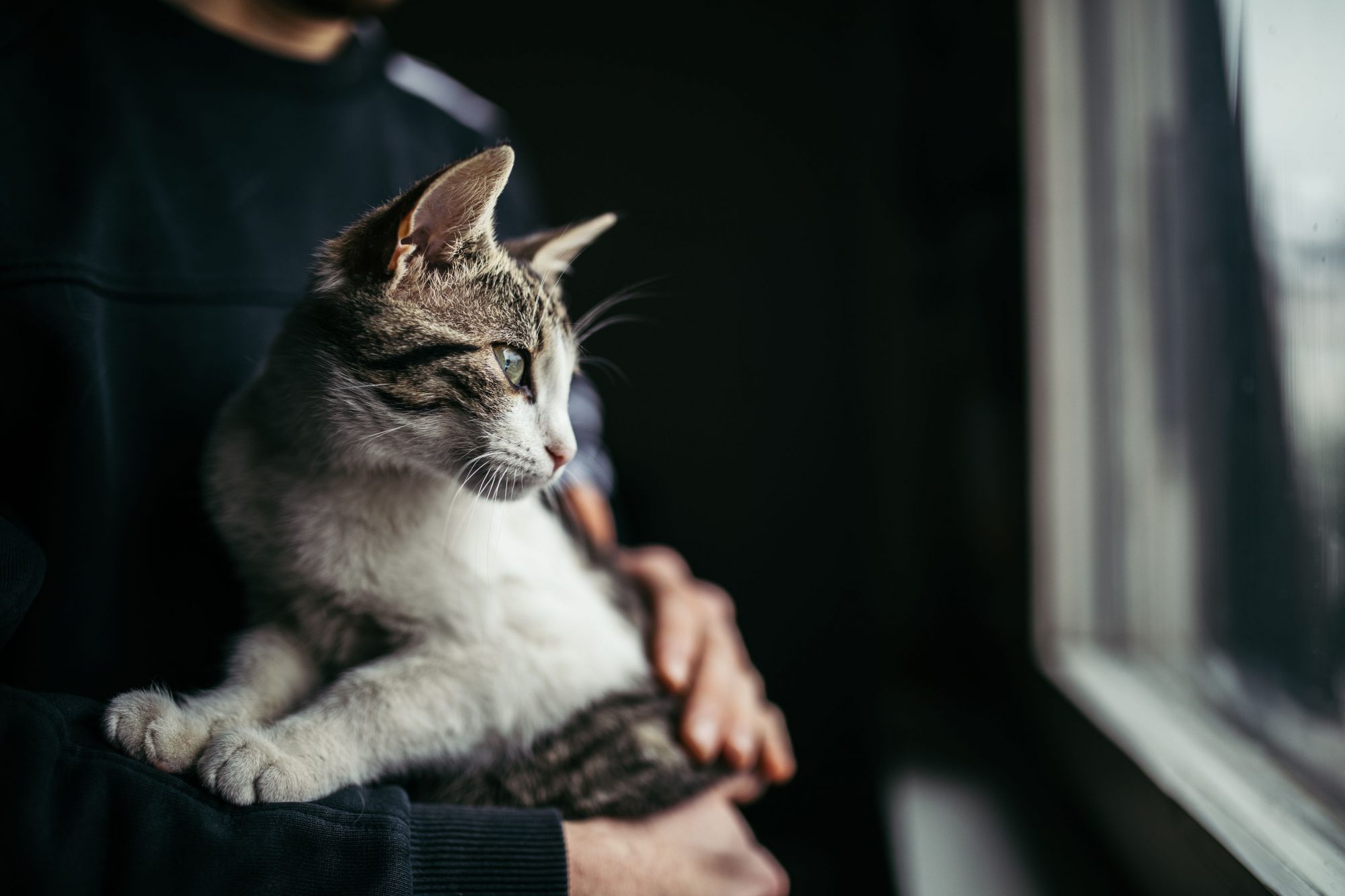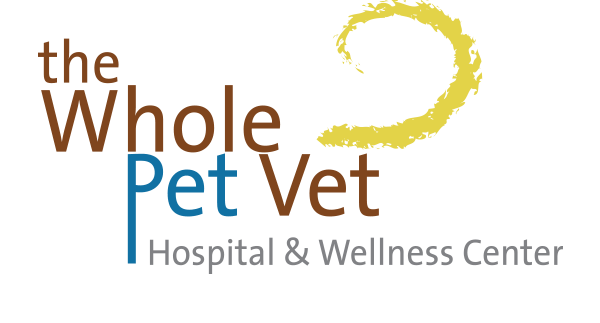Dangers That Lurk: Medicine Cabinet Pet Safety

Our animal friends are naturally curious and many are motivated by anything that resembles food. Pair that with the fact that they are limited to exploring their world mostly with the mouth, and some human items can become quite dangerous.
One of the most dangerous areas for pets in our homes is the medicine cabinet. Many items in there are toxic or otherwise hazardous and big animal no-nos. Knowing what items are dangerous, which ones to never give a sick pet, and how to secure your medicine cabinet is an important part of pet safety and things The Whole Pet Vet Hospital & Wellness Center wants you to know.
Medicine Cabinet Dangers
While our medicine cabinet may be a source of help and comfort for people, it is often not such a safe place for our pets. Many things that reside there carry serious consequences for curious pets.
The most common threats to pet safety in our medicine cabinets are human medications, which include:
- NSAIDs (Advil, Aleve, Motrin, Naproxen)
- Acetaminophen (Tylenol, Excedrin, Migraine)
- Antidepressants (Cymbalta, Lexapro, Prozac)
- ADD/ADHD medications (Adderall, Ritalin)
- Sleep aids (Ambien, Lunesta)
- Blood pressure medications (Altace, Coreg, Tenormin, Toprol, Zestril)
Ingestion of these medications can have serious consequences.
Medicine cabinets also often contain non-medicines that pose a pet danger as well. Perhaps most well known is the artificial sweetener xylitol, which can be found in toothpaste. Xylitol is also starting to make a more common appearance in vitamins and other encapsulated medications and beauty products such as deodorant, makeup, and hair care products.
Being sure that your medicine cabinet is out of reach for your pet is important. It should also be secure so that curious and determined animals who do gain access are unable to open it.
It is important to be sure to replace medications and beauty products into the medicine cabinet after use. If a pill or other item is dropped, be sure to find it immediately so that a four-legged family member does not.
A Note About Human Medications
Sometimes a pet emergency ensues because a well-meaning family member administers a human medication to their pet.
It is important to remember, though, that pets are not people. There are definitely species differences in the metabolism of medications. There may also be interactions with other medications a pet is already taking or other health conditions at play. Some human medications may also have inactive ingredients that are not benign for animals.
Never give your dog or cat unprescribed medication without first giving us a call.
Don’t Forget That Purse
While not as obvious as the medicine cabinet, the purse is another potential hazard when it comes to pet safety. If you think about it, the purse is a small, portable pharmacy for many people. Extra medications, vitamins, inhalers, gum, and mints that might contain xylitol, chocolate items, and even things like cigarettes and vapes live in purses.
Be sure to put your purse out of the reach of your pets, ideally behind a secured door. Don’t forget to do the same with personal items belonging to your houseguests. You never know what they might have tossed into their bag before they left home. Don’t forget that child-proof containers aren’t necessarily pet proof!
Even when you are proactive about pet safety, medicine cabinet accidents can happen. If you suspect that your pet may have ingested something potentially dangerous, don’t delay in seeking help. Our staff is waiting to help.
When it comes to pet poisonings, quick action can make a huge difference. Hopefully, though, by taking some steps to secure these items, you will never have to deal with pet toxicity. If you believe your pet has ingested something, a critical resource for veterinarians and pet owners alike is the ASPCA Poison Control Center (there is a consultative fee)—you can reach them at (888) 426-4435.
